By Heather Hayes, IBO Research Biologist and Community Science Coordinator
Can you believe that we have been studying the migratory Long-billed Curlew for 13 years?! To date, we have deployed transmitters on over 100 of these iconic grassland birds that have served as ambassadors for their species.
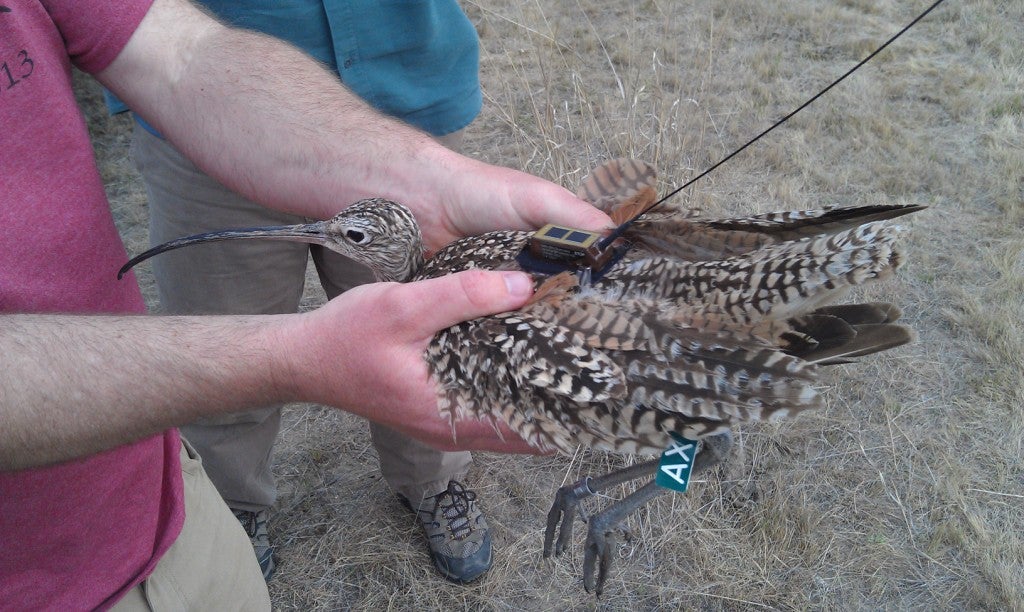
It is incredible to think that something weighing just shy of 2 nickels can yield such critical information and unlock the mysteries of curlew migratory connectivity.
Satellite technology has not only revealed their overwintering destinations but also what routes they take to get there, and what important habitats they rely on along the way. And the icing on the cake? After roughly 3 years of data collection, the transmitters can be removed once the curlew is found nesting again.
We have also gathered crucial “on-the-ground” data from curlew breeding grounds throughout the Intermountain West. This research has been instrumental in furthering our understanding of their population densities, nesting success, and of particular importance, the alarming localized decline we’ve documented on our study sites in southwest Idaho.
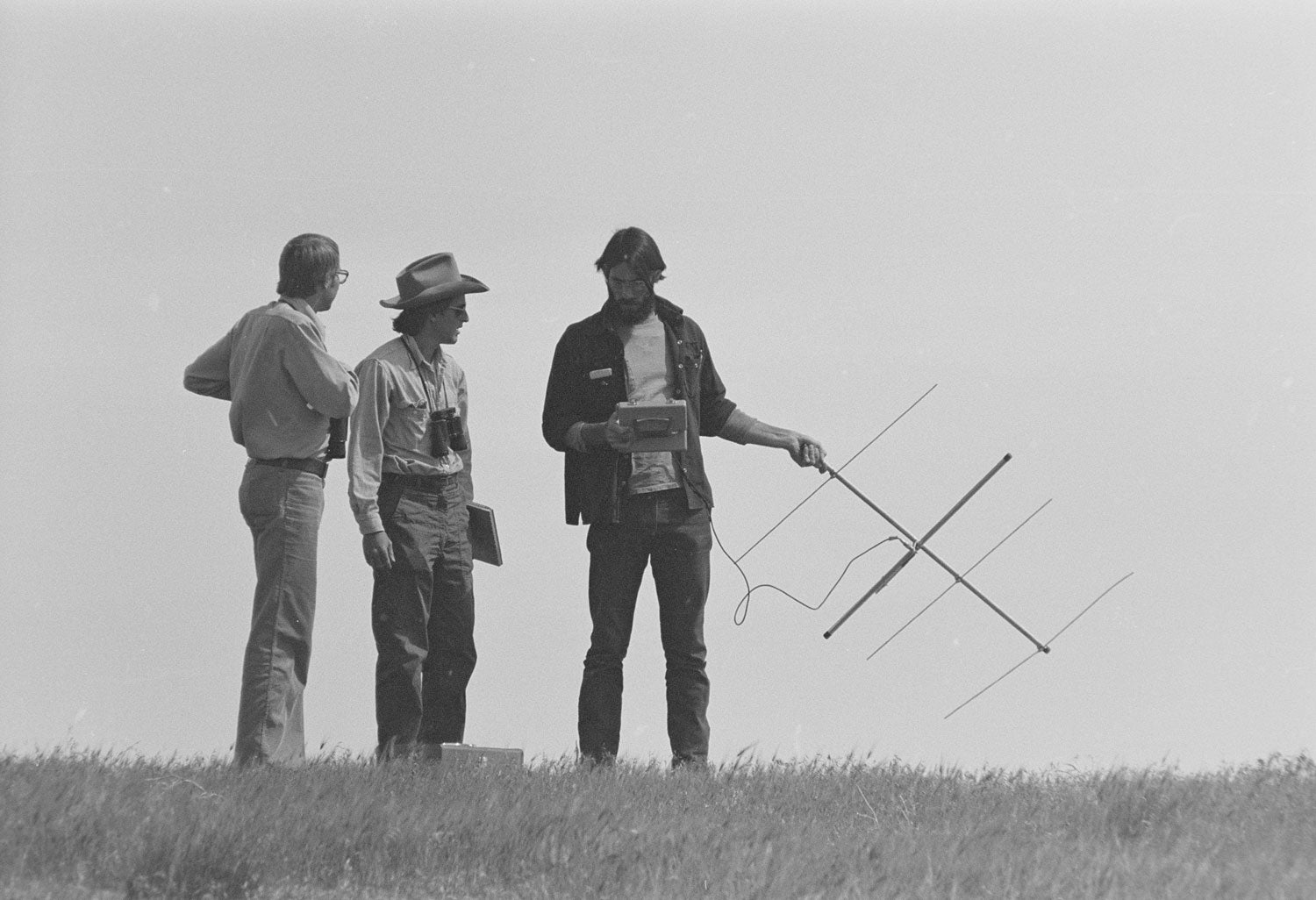
Thanks to initial data collected in the 1970s and efforts by the Bureau of Land Management (BLM) and Idaho Department of Fish & Game to renew work 15 years ago, IBO researchers have now documented an estimated ~99% population decline at one study site on public lands west of Boise that, ironically, was designated as the “Long-billed Curlew Habitat Area of Critical Environmental Concern” (ACEC) by the BLM back in 1988.
With less than 100 breeding individuals remaining on the ACEC, it is unfathomable that their historical presence in this very same area was once recognized as the densest curlew nesting grounds in North America.
Imminent threats to curlews breeding on public lands include not only natural predators but also anthropogenic (human) disturbances. Most notable of these devastating human-driven impacts is illegal shooting.
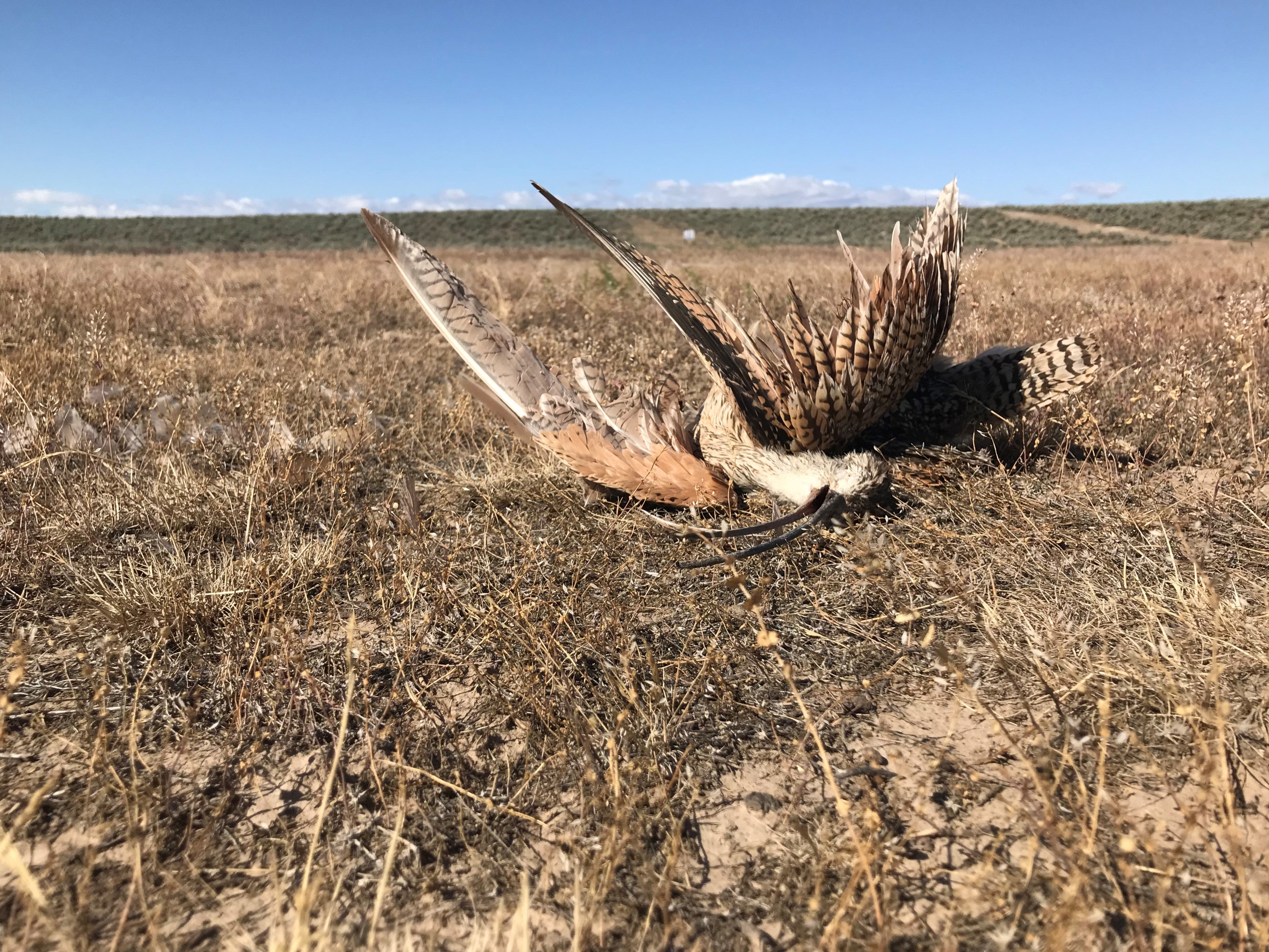
In fact, from 2013-2018 almost half of our tracked curlews (7 out of 16) on public lands in southwest Idaho had fallen victim to unlawful shooting.
A 67% increase in the human population in Ada County from 2000-2020 (U.S. Census Bureau 2020) has led to increased recreational pressures, most popular of which include off-highway vehicle use and recreational shooting, as more people use public lands during the curlew breeding season.
This rapid and seemingly irreparable population decline of North America’s largest shorebird from our local landscape brought about a massive outreach effort that we launched early on with a program called “Curlews in the Classroom”. This engaging presentation conducted by one of our curlew biologists is shared with grades K-12, reaching not only schools throughout the Treasure Valley but also many rural communities in proximity to public lands. We cover a range of topics including curlew life history, population threats, and how students can track curlews on our satellite map right from their own home.
The immediate success of this now highly sought-after program catapulted this under-recognized species directly into the public spotlight.
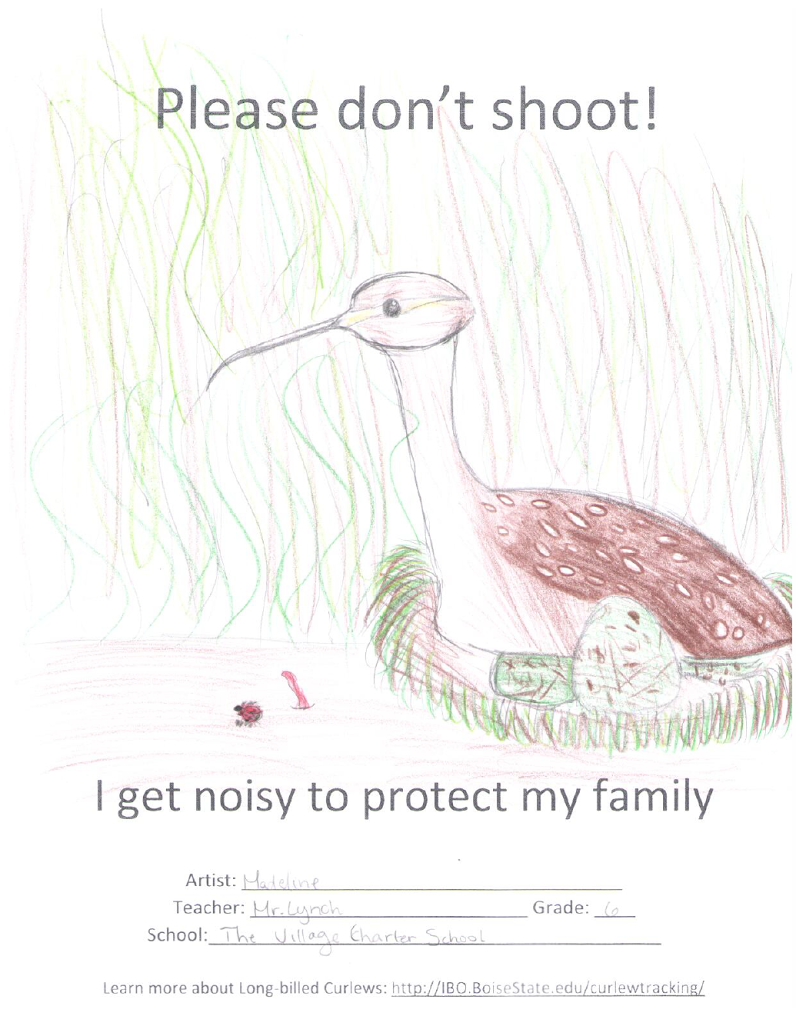
Recognizing that this unique program experience was going to provide more of a long-term investment, the importance of engaging directly with recreationists on public lands in the interim was crucial to slow the rapid population decline. Through large-scale collaboration with representatives from public land user groups, government agencies, non-profit organizations, and dedicated volunteers, a larger more powerful collective voice was growing for the imperiled curlew.
With no time to waste, we began developing creative ways to connect people to the diverse desert wildlife and habitat that is in desperate need of good stewardship.
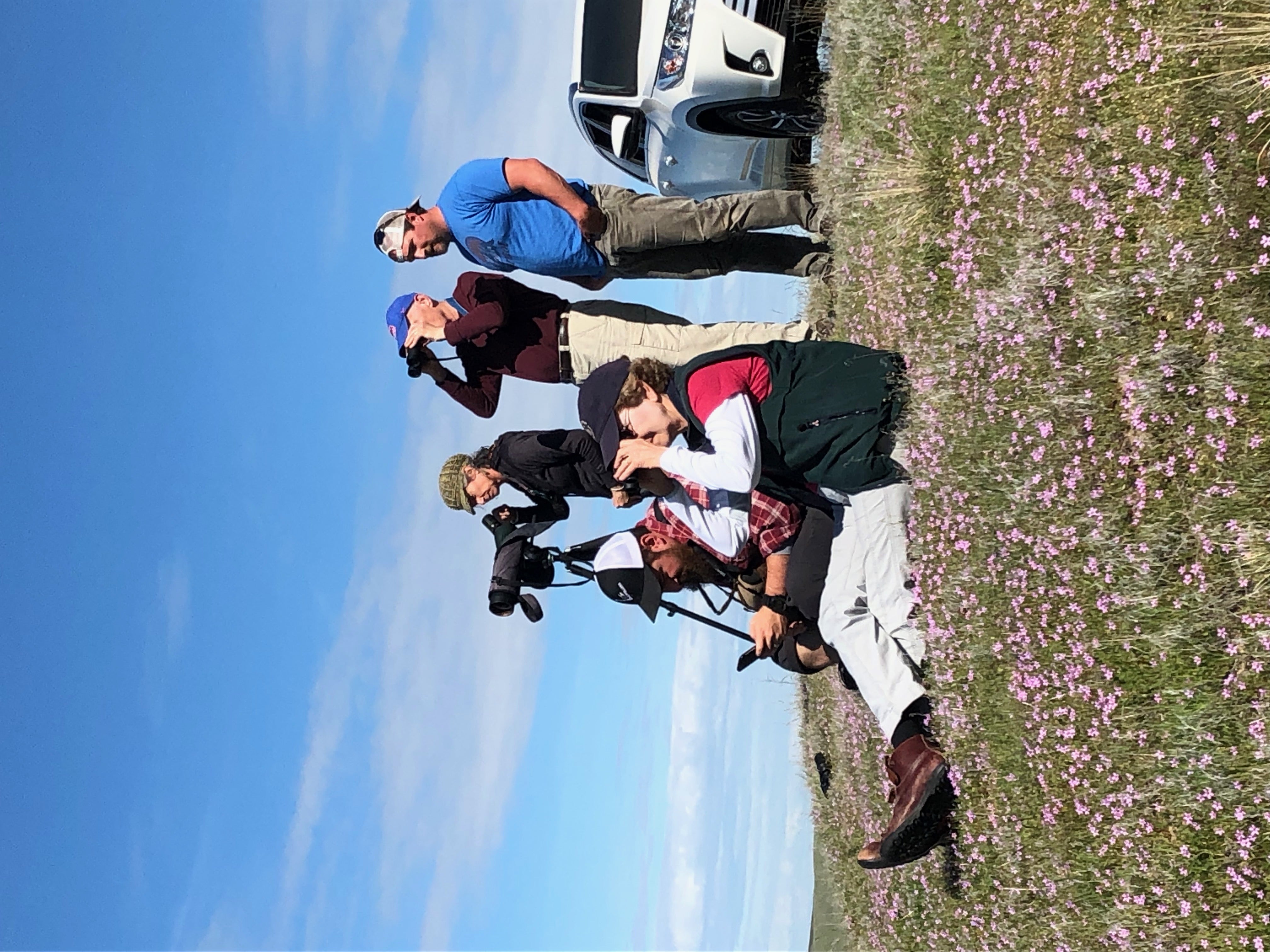
Whether it was our weekend public lands event, presenting in hunter’s education classes at a shooting range, speaking with ATV associations in a conference hall, or with local shooting groups at a rural pizza eatery, people were tuning in. These conversations held great significance – people had gathered to gain a better understanding of the threats curlews are up against and were eager to discuss ways to lessen the human-driven impacts on their population.
Other exciting collaborative ideas emerged including the development of multiple public service announcements (PSAs) for radio broadcast and a public lands brochure, both offering information on keeping our public lands a safe place for people and wildlife alike. The messaging was getting out there and it became clear that recreationists wanted to be a part of the solution.
We were finally gaining traction. The collective voice was being heard.
As the Community Science Coordinator and Research Biologist on the Curlew Crew, I believe that our efforts have made a positive impact by sharing information and connecting the public to this charismatic species in meaningful ways. Maybe after hearing our Curlews in the Classroom presentation a high school student will opt not to pull the trigger when looking at a curlew or other protected species. Or perhaps a target shooter will hear one of the radio PSAs and choose to move to a new spot rather than being reactive and shooting a dive-bombing curlew.

It’s ethical and informed decisions like these that will have the greatest impacts on the survival and success of protected migratory species like the Long-billed Curlew for years to come.
I am incredibly proud to have been a part of such a brilliant research team that has made crucial discoveries leading us towards creating conservation action management plans. Maybe even more meaningful to me was the opportunity to be a voice for a species.
Unfortunately, future funding for the curlew research project is currently somewhat uncertain. Without this in place, we will lose our ability to conduct field work, effectively monitor the satellite-tracked curlew flock, and the ability to continue bringing our outreach programs into the classroom. We are gratefully accepting donations to keep this important work going!
Visit our donation page to give to the curlew project today. Under the “Designation” category, select “Curlew Research Fund” from the drop-down. Or, mail us a check with “Curlew Project” in the memo line.
This article is part of our 2021 end of the year newsletter! View the full newsletter here, or click “older posts” below to read the next article.
Make sure you don’t miss out on IBO news! Sign up to get our email updates.